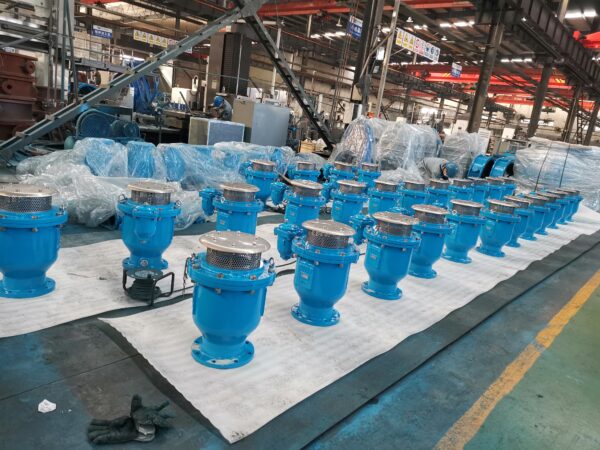How do I know which size and configuration of triple function air vent to use?
Choosing the right size and configuration of triple function air vent for your plumbing system can help ensure optimal performance and prevent issues such as airlocks and damage from vacuum or excess pressure.
Here are some factors to consider when selecting the size and configuration of a triple function air vent:
Pipe size: Choose an air vent that is compatible with the size of the pipes in your plumbing system. The vent should fit securely onto the pipe and provide adequate airflow for the size and flow rate of the system.
Flow rate: Consider the flow rate of your plumbing system and choose an air vent that can handle the flow rate without restricting the flow of fluids.
Location: Determine the location where the air vent will be installed and choose a configuration that is suitable for that location. For example, if the air vent will be installed in a tight space, choose a vent that is compact and easy to install.
Pressure rating: Check the pressure rating of the air vent to ensure that it can handle the maximum pressure of your plumbing system without failing or leaking.
Material: Choose an air vent that is made from high-quality materials such as brass or stainless steel, which can provide durability and resistance to corrosion.
Certification: Check that the air vent has appropriate certifications, such as NSF/ANSI 61 or NSF/ANSI 372, to ensure that it meets industry standards for drinking water safety.
Professional advice: If you are unsure about which size and configuration of airvent to use, consider consulting with a professional plumber or air vent supplier. They can provide guidance on the specific needs of your plumbing system and help you choose the best air vent for your application.
In summary, to select the right size and configuration of a triple function air vent for your plumbing system, consider factors such as pipe size, flow rate, location, pressure rating, material, certification, and professional advice. Triple funcations Air vents By considering these factors, you can choose an air vent that is compatible with your plumbing system, provides reliable performance, and helps prevent issues such as airlocks and damage from vacuum or excess pressure.
How can I determine the flow rate of my plumbing system?
Determining the flow rate of your plumbing system is important for selecting the appropriate size and configuration of valves, air vents, and other components.
Here are a few methods for determining the flow rate of your plumbing system:
Flow meter: A flow meter is a device that can measure the flow rate of fluid in a pipe. Flow meters are available in a variety of types, including mechanical, electromagnetic, and ultrasonic. A flow meter can provide an accurate measurement of the flow rate in real-time.
Bucket and stopwatch method: This method involves filling a bucket with a known volume of water and timing how long it takes to fill the bucket. By dividing the volume of water by the time it took to fill the bucket, you can calculate the flow rate in gallons per minute (GPM) or liters per minute (LPM).
Pressure gauge and flow coefficient method: This method involves measuring the pressure of the fluid in the pipe and using the flow coefficient of the valve or other component to calculate the flow rate. This method can be less accurate than using a flow meter, but can provide a rough estimate of the flow rate.
Manufacturer’s specifications: The manufacturer of the valve, air vent, or other component may provide information on the recommended flow rate for the component. This information can be used to estimate the flow rate of the plumbing system.
It’s important to note that the flow rate of a plumbing system can vary depending on factors such as the size of the pipes, the pressure of the system, and the viscosity of the fluid. Additionally, the flow rate may change over time due to changes in the system or other factors. Regular monitoring and maintenance of the plumbing system can help ensure that it is operating at optimal flow rates and prevent issues such as blockages or leaks.
